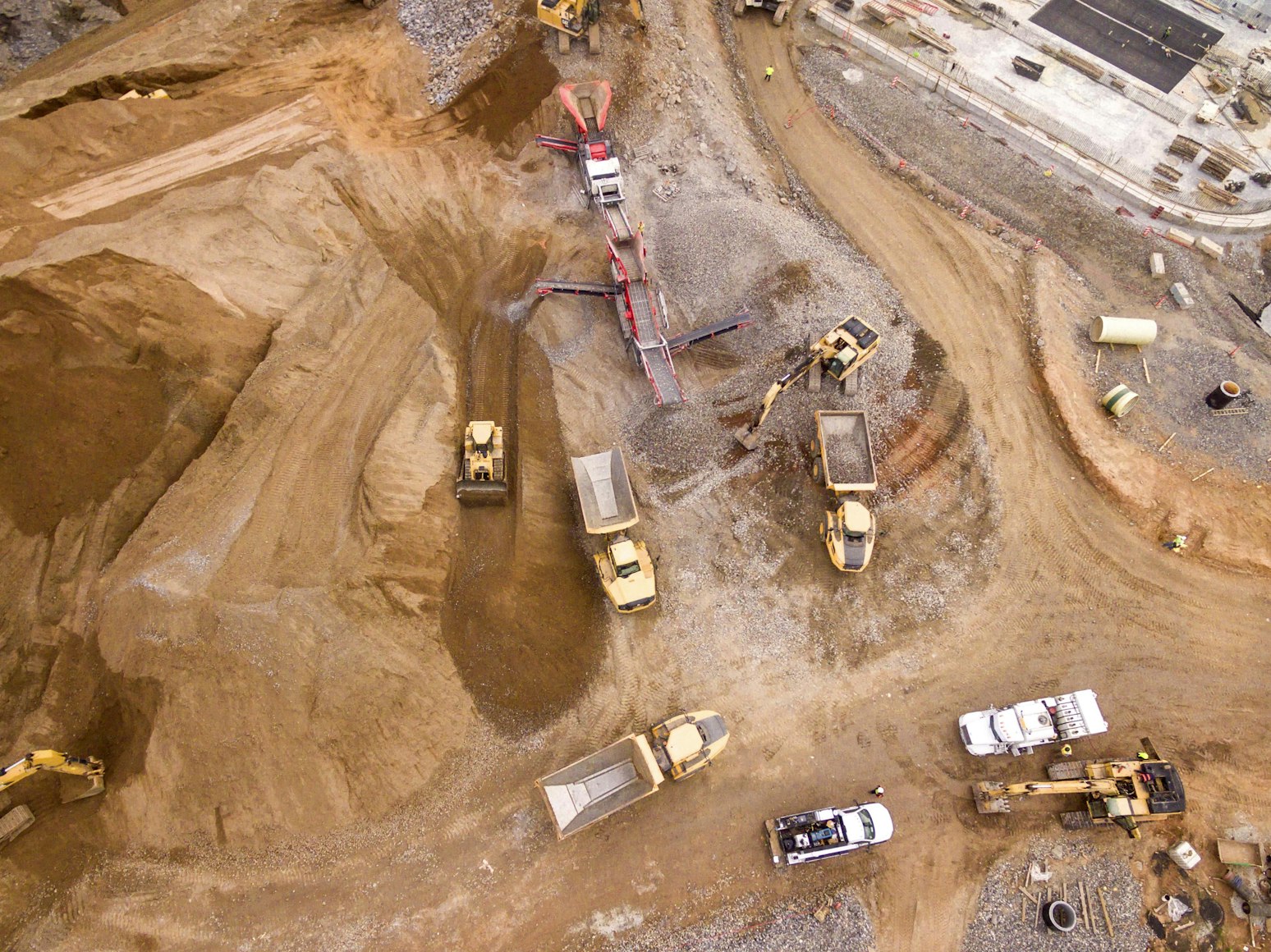
Key points:
|
A flight crew’s omission of key calls on take-off and incorrectly completing the after-take-off checklist contributed to a Q400 turboprop airliner’s landing gear not being retracted after take-off, a new Australian Transport Safety Bureau investigation report details.
The QantasLink Bombardier DHC-8-402 (Q400) aircraft had departed Sydney Airport on 12 July 2021 to operate a scheduled passenger service to Albury with two flight crew, two cabin crew and 22 passengers on board.
Due to the relatively light weight of the aircraft and the use of normal take-off power, the flight crew expected an increase in aircraft performance, the investigation notes. The captain recalled being very focused on the correct pitch attitude for take-off and monitoring the airspeed in relation to the flap speed limit.
Later during the climb, the first officer provided the after-take-off public address announcement to the passengers. This call, which is made after passing 10,000 ft or when the aircraft is established in the cruise, also serves to notify the cabin crew that the flight deck is no longer ‘sterile’ (that is, cabin crew are free to contact the flight crew outside of emergency situations).
At that point a cabin crew member contacted the pilots, asking if it was normal for the landing gear to still be extended. The flight crew immediately looked at the landing gear panel and identified that the handle was down with 3 green lights illuminated, indicating that the landing gear was still extended.
After confirming that the aircraft’s speed was below the maximum landing gear operating speed (of 200 kt), the flight crew retracted the landing gear. However, as the aircraft was at an altitude of about 15,900 ft, this meant the aircraft had exceeded the maximum altitude at which the landing gear could remain extended, of 15,000 ft, although this had no effect on the serviceability of the aircraft.
“The ATSB found that both pilots were heavily focused on aircraft performance after take-off, so the positive rate and subsequent gear-up calls were not made, and neither pilot identified these omissions,” said ATSB Director Transport Safety Dr Michael Walker.
Subsequently, when completing the after-take-off checklist, the pilot monitoring provided the ‘landing gear’ challenge and the pilot flying incorrectly called ‘up, no lights’ in response. Both pilots observed that the 3 green landing gear lights were illuminated but neither recognised that this was problematic for this stage of flight.
“It is likely that both pilots had a strong expectancy that the landing gear had been retracted after take-off, and they probably conducted the after-take-off checklist with a high degree of automaticity, rather than consciously looking for what was required.”
The investigation report notes that the flight crew interpreted increased levels of vibration while airborne as being related to a propeller balance maintenance log entry. In an effort to reduce the noise and vibration, the crew reduced the climb speed. This reduced the abnormal indications and seemingly confirmed that the propeller balance was the source of the problem, and is consistent with the effects of confirmation bias.
Dr Walker said the occurrence demonstrates how diverted attention or focus may result in errors of omission, especially where a task may be reliant on standard verbal cues.
“Highly-repetitive, routine tasks may result in pilots developing strong expectations that a task has been completed, even if it has not been, and make it difficult for pilots to identify an omitted action,” he said.
“Accordingly, it is essential that when flight crews are completing checklists, they focus on confirming that the relevant conditions have been met.”
Dr Walker said the investigation did consider what, if any, impact reduced flying levels and skill degradation due to the COVID-19 pandemic may have had on this occurrence.
“While both pilots met minimum currency requirements, and both had recently undertaken a proficiency check, the first officer had conducted less than one third of their normal amount of flying in the previous 90 days and had not conducted any flights for 11 days prior to the occurrence flight,” he noted.
“Overall, there was insufficient evidence to conclude that the first officer’s reduced flight recency contributed to the procedural errors made by the flight crew. The investigation also noted that the operator was aware of the potential issues associated with reduced flight recency and had introduced measures to mitigate the risk.”
The report also notes the cabin crew displayed a high level of vigilance regarding the aircraft state.
“Their willingness to bring the extended landing gear to the attention of the flight crew allowed the the problem to be identified and for the landing gear to be retracted as soon as possible,” Dr Walker said.
“This highlights the strength of timely communications between crew members.”
You can find here the report: AO-2021-028 Incorrect configuration involving Bombardier DHC-8-402, VH-QOY near Sydney, New South Wales, on 12 July 2021
Last update 23 March 2022







